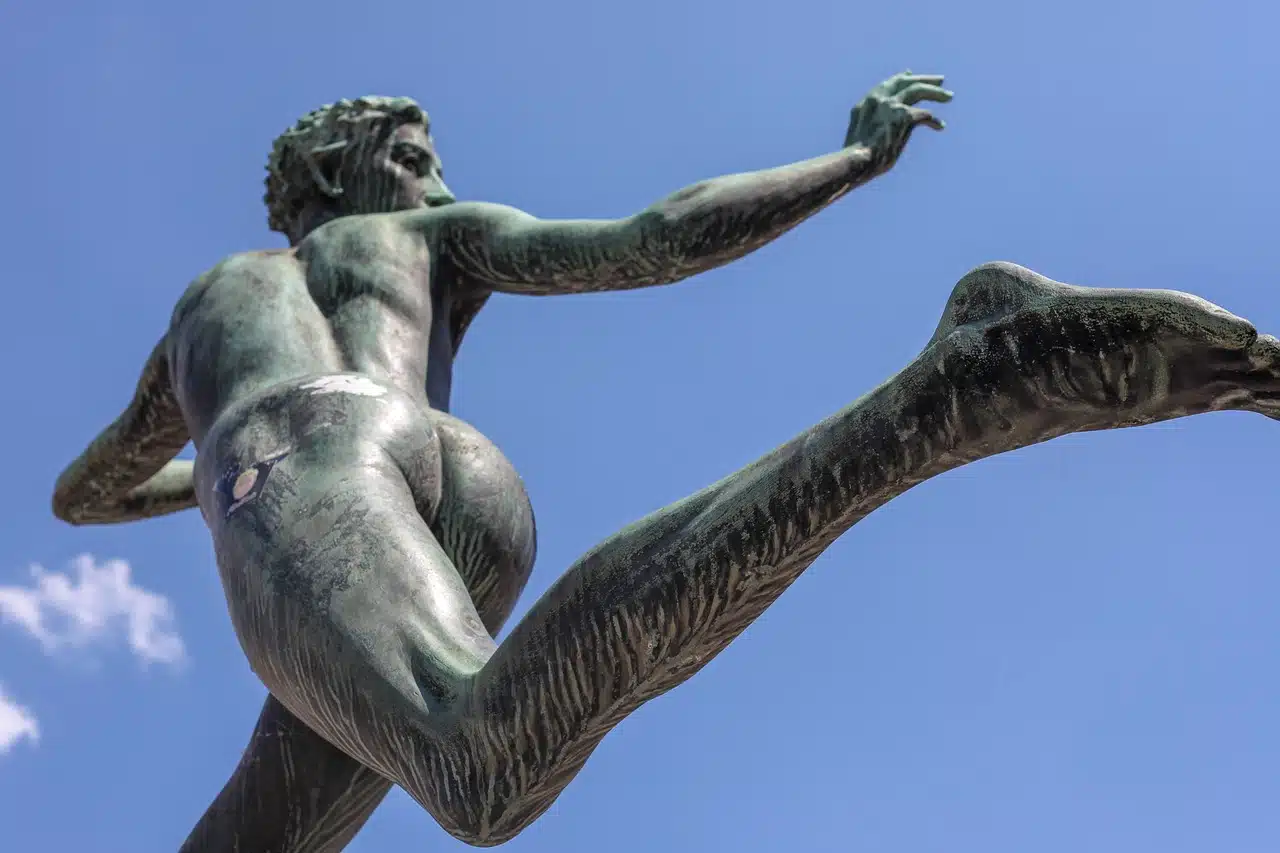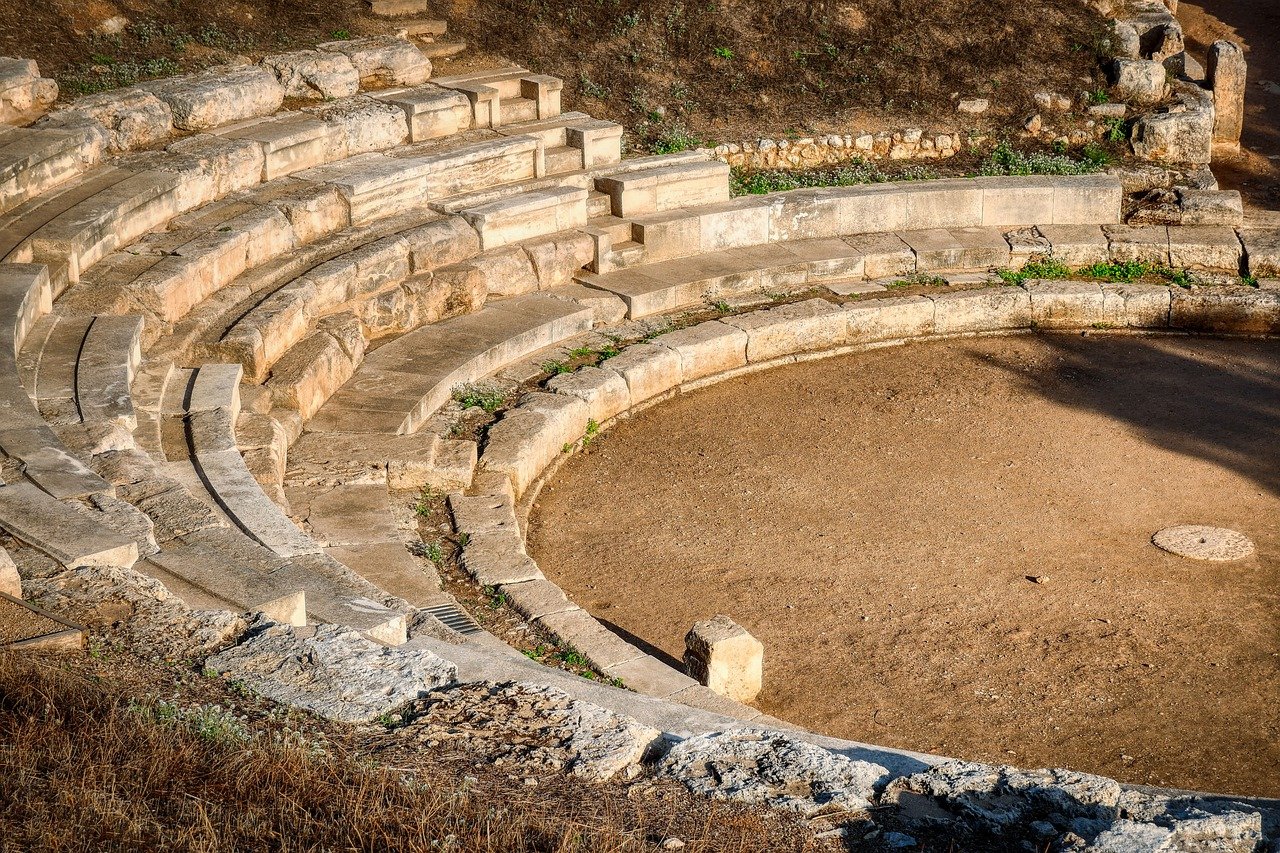
To communicate the Greek victory in the Battle of Marathon, it is stated that Pheidippides ran from said city to Athens, dying while giving the news and later inspiring the creation of the marathon as an athletics event.
The Persian Wars were a series of wars that took place between the years 492 BC. C. and 448 BC. C. In these confrontations, the Achaemenid Empire fought against different Hellenic city-states , attempting to annex new territories.
It can be said, therefore, that the Persian wars pitted the Persians and the Greeks against each other. Historians recognize three major conflicts of this type (the First Medical War , the Second Medical War , and the Third Medical War ), although the belligerence between both peoples lasted for more than 200 years.
Background to the medical wars
The history of the Persian Wars dates back to 547 BC. C. , when the Persian king Cyrus II the Great conquered the region of Ionia (in modern-day Anatolia ). This monarch is considered the founder of the Achaemenid Empire and was the leader in the advance of Persia into the lands of Babylon , Lydia and Media .
Until then, the Ionian cities belonged to the kingdom of Lydia but had relative autonomy through the payment of a tribute. Cyrus II the Great , in his expansionist project, managed to prevail over King Croesus and thus these polis of ancient Greece were annexed by the Achaemenid Empire.
A Cyrus the Great lo sucedieronCambyses II y Esmerdis antes de la llegada al trono de Darius I the Great. Si bien este rey apeló a la tolerancia para el control de Ionia, apostó por fomentar la división y el recelo entre las polis griegas, generando un descontento que fue aprovechado por el tirano Aristagoras para impulsar una rebellion contra los persas.
This revolt was finally put down by the Persians, who won the battle of Lade and managed to reconquer the cities that they had lost at the time. From then on, Darius I decided to take revenge on the polis that had provided support to the rebels, beginning the development of the Persian Wars that were narrated by the historian Herodotus .

The oracle of Delphi was consulted by the Athenians in the context of the Persian Wars.
The invasion of 492 BC. c.
The first medical war began with the Persian invasion of Athens in 492 BC. C. Darius I 's intention was to punish the Athenians and the Eretrians for their intervention in the aforementioned Ionian revolt, although the campaign – if successful – was also going to allow him to secure the western limits and enlarge his empire on the European continent.
This Persian invasion took place in two campaigns. In the first of them, which took place in 492 BC. C. , the Achaemenid commander Mardonius achieved control of Thrace and Macedonia until a storm that prevented the movement of his fleet forced him to interrupt his advance.
A year later, Darius I sent ambassadors to various Greek polis to ask for their submission, something accepted by all with the exception of Sparta and Athens . Faced with this attitude, the king organized a new military incursion.
The second campaign of the First Medical War was thus launched in 490 BC. C. With Artaphernes and Datis in command, the operation managed to annex the Cyclades islands to the Persian Empire and also devastated Eretria . However, at the landing at Marathon , the Achaemenids' plans were aborted.
The Athenian troops, despite being smaller, managed to triumph in the battle of Marathon with the guidance of Miltiades the Younger and forced the return of the Persians. The defeat did not modify the intentions of Darius I , who began to organize a larger attack. Various inconveniences, however, made it difficult to carry out the offensive and the king ended up dying without being able to start the attack. His son Xerxes I , in this way, was the one who led the invasion in 480 BC. C.

The Persian Wars inspired works of Greek theater.
The second of the medical wars
The second of the Persian Wars was raised by Xerxes I with the intention of subjugating each city-state of Greece . While Sparta , Athens, and seventy other polis banded together to resist, many others surrendered to the Persians.
The cities of Thessaly were among the first to fall. In the battle of Thermopylae (where the Spartan king Leonidas I died), the Greeks took advantage of the geographical characteristics of the gorge and defended themselves firmly despite fighting with a much smaller number of soldiers. Simultaneously, the Battle of Artemisium took place, where the Persians sought to advance by sea.
In both cases, Xerxes I 's forces were able to progress with their invasion, although not without problems. The Persians managed to conquer Attica and Boeotia and burn Athens , but the allies managed to protect the Peloponnese . Against this backdrop, the Athenian general Themistocles led the Allied victory at the Battle of Salamis that caused Persian troops to retreat to Asia .
The second medical war continued with new confrontations that favored the Greeks. Mardonius himself died in the battle of Plataea (where Pausanias led the Hellenes) and the allies finally prevailed in the battle of Mycala .
Faced with the damage inflicted on the Persian armed forces, the Greeks developed a counter-coup and were able to expel the invaders from Ionia and the Aegean . The end of the second medical war is placed in 478 BC. C.
Last stage of the conflict
The last stage of the conflict was characterized by the intervention of the Delian League , a coalition headed by Athens and formed by Sparta and other poleis to defend Greece . Before the Third Persian War , the Athenian general Themistocles – who was one of the most important leaders at the beginning of Athenian democracy – ended up in conflict with his people and the Spartans, with which he went into exile in the Achaemenid Empire and became under the orders of King Artaxerxes I , with whom he organized a new incursion into Greece .
To block this plan, General Cimon of Athens chose to go to the territory where Turkey is today and defeated the Persians in the Battle of the Eurymedon River . The disagreements between the Athenians and the Spartans also led to his exile. When Pericles came to power, he asked for Cimon to return from exile and signed the Peace of Callias with Artaxerxes I in 448 BC . The agreement concluded the Persian Wars and imposed a series of conditions on the Persians.
